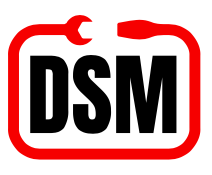The 1660 tie-point solderless breadboard is a versatile and essential tool for electronics enthusiasts, hobbyists, and students. It provides a convenient and efficient way to experiment with circuits without the need for soldering.
Key Features:
- 1660 Tie Points: Offers ample space for connecting components and wires.
- Grid Layout: Organized grid pattern for easy component placement and wiring.
- Durable Construction: Made from high-quality materials for long-lasting use.
- Bus Strips: Provides convenient power and ground buses for easy connections.
- Solderless Design: Allows for quick and easy connection of components without soldering.
Applications:
- Educational Purposes: Used in schools and universities for teaching electronics.
- Learning Electronics: Understanding basic electronic concepts and components.
- Circuit Prototyping: Experimenting with different circuit designs and configurations.
- Hobby Projects: Building various electronic projects, such as robots, musical instruments, and more.
Specifications:
- Tie Points: 1660
- Rows: Typically 86
- Columns: Typically 20
DATA SHEET AND USECASE
Key Features:
- Power Rails: Equipped with multiple power rails to facilitate easy distribution of voltage and ground connections across the board.
- Materials and Dimensions: Constructed from ABS plastic, these breadboards often measure approximately 6.5 x 4.4 x 0.3 inches (165.1 x 109.2 x 8.5 mm).
- Tie-Point Configuration: Typically, these breadboards offer 1,660 tie-points, divided into:
- Four distribution strips providing a total of 400 tie-points, commonly used for power rails.
- Two terminal strips with 630 tie-points each, suitable for placing integrated circuits (ICs) and other components.




